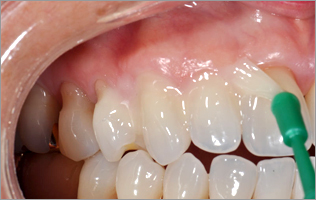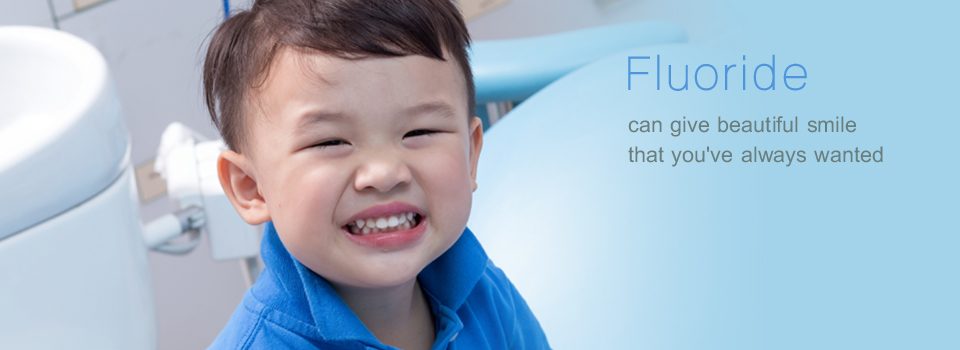Fluoride
Dental fluoride treatments commonly are given to children as their teeth are developing. A child who has a history of cavities or is at high risk of decay should use additional fluoride. This promotes remineralization of the teeth. Many children get fluoride treatments every six months. The treatments provide extra protection against cavities, even if children already drink fluoridated water.

Fluoride supplements generally are reserved for children 6 months to 16 years old who have low levels of fluoride in their drinking water and also are at high risk for dental decay.
What It’s Used For
Enamel is the outer layer of the crown of a tooth (the visible part). It is made of closely packed mineral crystals. Every day, the enamel loses and gains minerals. The loss of minerals is called demineralization. Gaining new minerals is called remineralization. These two processes balance each other. Fluoride will make the enamel stronger.
Preparation
Before you have an in-office fluoride treatment, your teeth should be clean. Your dentist may need to polish away stains. If you use fluoride rinses or gels at home, first brush your teeth thoroughly and floss them. It’s a good idea to use fluoride products at night before bedtime. When you are sleeping, they are less likely to be washed or rinsed away.
How It’s Done
The fluoride treatments you receive in a dental office have more fluoride than over-the-counter fluoride mouthwash or toothpaste. They are used for both children and adults. Dental-office treatments also are different chemically and stay on the teeth longer.
There are two common types of professionally applied fluorides. Acidulated phosphate fluoride (APF) is acidic; neutral sodium fluoride is not. Neutral sodium fluoride usually is used for people who have dry mouth (xerostomia) or who have tooth-colored fillings, crowns or bridges. An acidic fluoride may irritate a mouth that is dry. It also can create small pits in tooth-colored plastic composite fillings.
Fluoride is applied as a gel, foam or varnish during a dental appointment. The teeth are dried so the fluoride doesn’t become diluted. Fluoride gel or foam can be applied by using a tray that looks like a mouth guard for one to four minutes. Fluoride varnish can be painted directly on parts of the teeth that are most likely to get a cavity, to strengthen them. This is an advantage of varnish over gel or foam. Varnish also contains a very strong concentration of fluoride. Topical fluoride comes in a variety of flavors, but it should never be swallowed.
Follow-Up
Don’t eat, drink or smoke for at least 30 minutes after a professional fluoride treatment. This helps to increase the fluoride’s contact with the teeth.
Risks
Fluoride is safe and effective when used properly. However, it can be hazardous at high doses. All water-fluoridation systems are checked daily to maintain safe fluoride levels. Parents should supervise the use of all fluoride products, including toothpaste, in the home. Keep fluoride tablets stored safely away from young children.






